

Clearly, the guitar is a popular, if not the most popular musical instrument worldwide. Ever since the Portuguese first brought it to Malacca in the 16th century, the guitar has charmed its way into the hearts of Malaysians ( and Nusantarians) by its ubiquitous presence in alamost every Malaysian musical ensemble including the keroncong and ghazal.
The guitar has indeed come a long way from its ancestral lands. Social histories of Europe indicate that the guitar had always been popular with the mostly the lay folks although a few may not have shared this same feeling for it. A noteworthy example is Fetis, the noted 19th century music critic who was well known for his highly dogmatic opinions. In 1829 he wrote of the reputed Spanish guitar virtuoso Fernando Sor’s concert in Paris.
“To speak of M. Sor is to say that one has heard the guitar played with rare perfection. What a pity that someone with such a sense of harmony should have devoted so much talent and patience to an unworthy instrument”.
Another critic, Pierre Trichet said,
“ The guiterre or guiterne is widely used in France and Italy, still more by the Spaniards, who were the first to bring it into fashion. They know how to use it more foolishly than any other nation, having a particular address in singing and playing….with a thousand gestures and bodily movements as grotesque and ridiculous as their playing is bizarre and confused”
Covarubias, yet another critic, in a sad and complaining tone over the diminishing interest shown towards the vihuela since the emergence of the guitar laments that “ the guitar is no more than a cow-bell, so easy to play especially the rasquedo, that there is not a stable lad who is not a musician on the guitar” Such were the thoughts of the upper classes of society which really looked down on folk and popular musics.
Be that as it may, there seems to be diverse opinions as to the origin(s) of the guitar which falls into the classification of chordophones. Scholars generally agree that it is a plucked chordophone although many guitarists use other kinds of techniques to elicit guitar sounds – tapping, using slides etc.. It is said to have derived from the Greek kithara via the Arabic qitrara and that it was known in Europe by different names –the French quiterne, the Italian chitarra and the Spanish guitarra.
Four specimens of a wooden instrument resembling the modern acoustic guitar with signs of having frets and three to four strings have been excavated in Egypt that date back to the 4th and 8th centuries C.E..
One scholar says that true guitars emerged in Europe early in the Renaissance period.
And they were distinguished from other fingerboard instruments of the period, and from their predecessors, by their wasted body shape and smoothly rounded bouts.
The guitar became popular in Spain, Italy and France by the mid 16th century. Guitars had always been popular in Spain but in the earlier centuries of its existence the guitars seem to have been associated more with the common people.
In Italy, ample iconographic evidence depicts the guitar in the hands of charlatans and saltimbanchi (street jugglers and acrobats) but by the 17th century it had been transformed into an object of fashion especially in France where it is said to have been introduced by Italian actors in Paris.
In France, the guitar was extremely popular as evidenced in many publications of the 16th century dance repertory which contain pavanes, galliards, branies and transcription chansons.
Unique Capacity
The guitar rose to higher levels of popularity in the 18th century and resultantly simpler music was published to cater for the increased demand. The popularity of the guitar lay in the ease with which one could manage a simple accompaniment to a song. This continues to be a true assertion even today.
During the 19th century, the guitar was in the curriculum of the leading European schools of music in Vienna, Paris and London. Someone suggests that the chief reason why the guitar rose in popularity and replaced the “aristocratic” lute lies in the direction of development the lute and its music took.
More and more strings were added making its tuning and playing even more difficult. Moreover, he says, the lutists wrote increasingly esoteric music, withdrew into tight exclusive circles and “took their art literally out of this world.” The guitar, on the other hand, seems to have taken exactly the opposite direction.
There is a conspicuous lack of published works for the guitar that were composed by the classical masters. But evidence is slowly being gathered that at least some of them did. Schubert did write for the guitar and played it well. It is claimed that he relied on the guitar more intimately than any other composer except perhaps Hector Berlioz for whom the guitar was the only polyphonic instrument he mastered.
Paganini is reported to have admitted that the guitar to him, was a “thought former”. Lully also played the guitar and would reportedly, amuse himself for hours by improvising hundreds of minuets and courantes on the guitar.
Boccherini also used the guitar in some of hio chamber music as did other 18th century composers. The list of of works for the guitar and piano during the Beirdermeir Period (known in German countries as Beidermeirzeit and dates from 1815 to 1848) includes waltzes, variations, duos, serenades, fantasies, rondos, sonatas, nocturnes, sonatinas, roundeux, polonaises, concertante and divertimentos.
The guitar has consistently exhibited its capacity to accommodate and to adapt to constantly changing musical tastes throughout its history. The demands placed upon the resources of the guitar by its diverse adherents in Europe and beyond have been many throughout the centuries of its existence till present times. It has pleased the king and peasant, the virtuoso and amateur, the man and the woman, the rich and the poor and finally, the European and the non-European.
The various developments and changes and aesthetics over the centuries, on the other hand, had rendered some instruments extinct. For example, the harpsichord and other such charming instruments were effectively silenced by a Romantic musical climate caused by Wagner’s apothesis of brassy sounds.
The guitar is one of the first of those instruments that have readily availed themselves to electronic manipulation and sound synthesizing. Special sound-effects gadgets for the electric guitar like phasers, flangers, equalizers and synthesizers abound. Performance techniques like the “bend”, the “hammer”, cross fingering and tapping are also some more recent innovations.
At present, the guitar is used to play all kinds of music from a Bach prelude to the Malaysian keroncong and from the American “country music” to the screen music of Indian movies. Rock, classical, jazz, Hawaiian and what have you in today’s music have each accorded a salient role for the guitar. Not many instruments can boast of such universal acceptance.



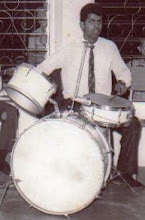

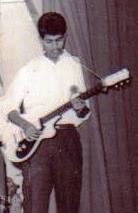


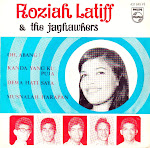



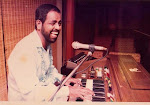

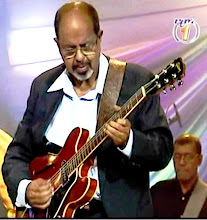


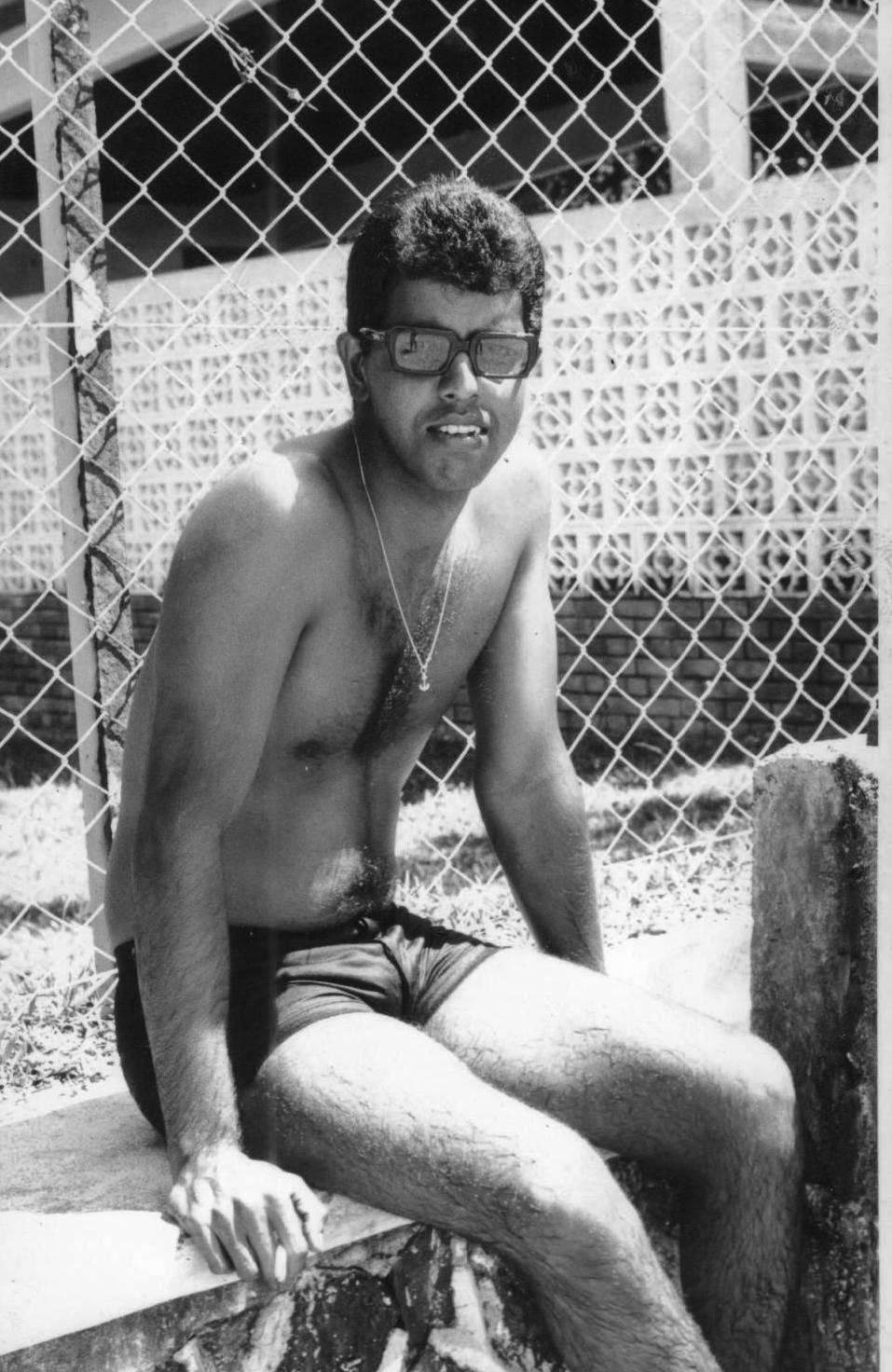
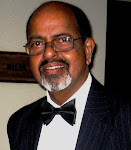



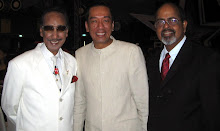

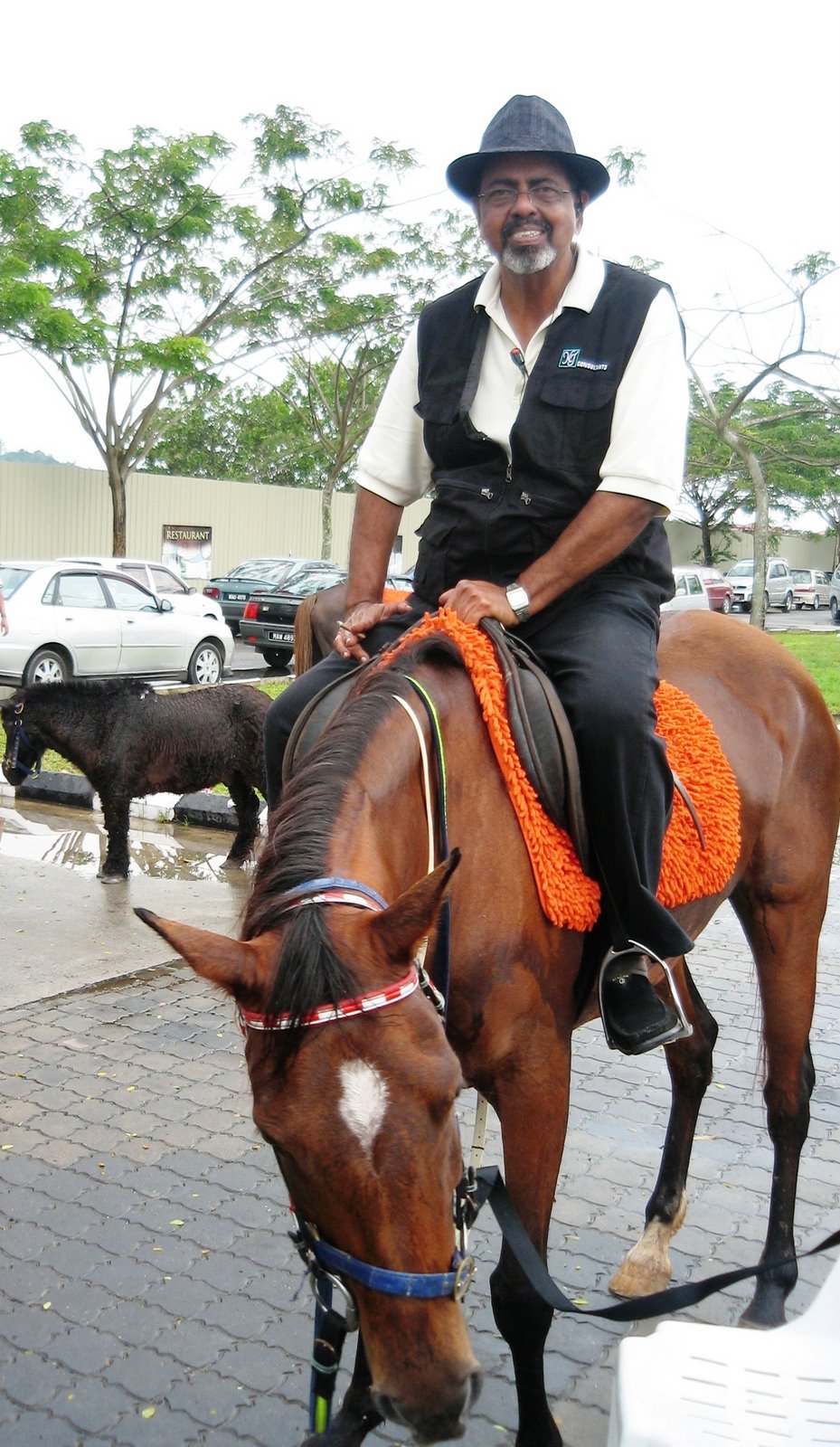







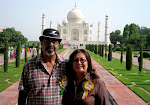





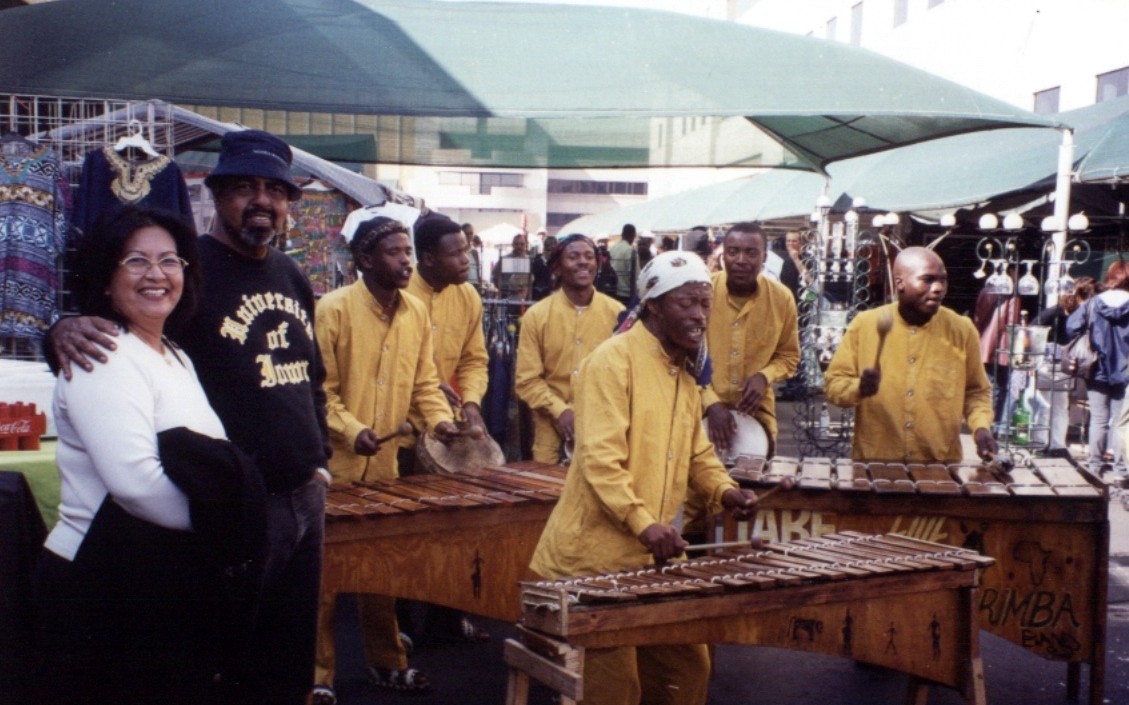

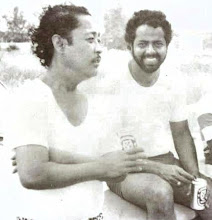
No comments:
Post a Comment